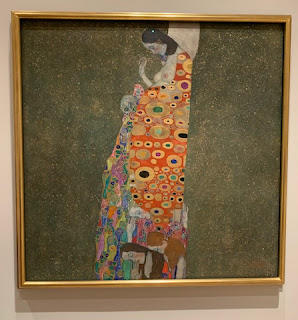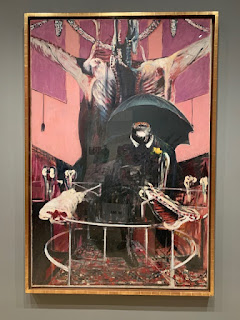Now that we have the background information on the Territory's historic town color schemes, let's establish the pre-approved colors that meet the paint color requirements for these districts. The St. Croix historic towns of Christiansted and Frederiksted are controlled by the St. Croix Historic Preservation Committee (STXHPC). The Charlotte Amalie/ Savan historic town is controlled by the St. Thomas/St. John Historic Preservation Committee (STT/STJHPC). These two committees make up the Virgin Islands Historic Preservation Commission (VIHPC). I've attached the color samples that are used in the St. Croix historic districts. The St. Thomas/St. John historic district has additional shutter colors that St. Croix does not use. As one can see, the recommended colors are soft pastel hues. This does not mean that these are the only colors allowed in the districts. As long as the colors are in this range, the VIHPC Committees will entertain other colors. All color selections whether pre-approved or new colors must be reviewed and approved by the Committees prior to commencement of any painting of a building in the historic districts. This ensures the color schemes are authentic, relevant and enhance the aesthetic character of the towns and, more importantly, compliment the streetscape. These are unique historic towns that existed long before the arrival of our present day inhabitants and these towns have stewards, the VIHPC, who ensure they will exist long after we are gone and for future generations.

I want to debunk some myths about using certain types of paint and colors in these historic towns. First, let's discuss the myth that dark colors cover up dirt and stains in this climate. I think most people would agree that a black car is one of the most elegant car colors on the market. Most of us probably would also agree that a black car is the most difficult car color to maintain and keep clean. In general, dark colors are hard to keep clean: dust and dirt are visible almost instantaneously on dark surfaces. If the rationale for using a dark color is because people put their feet up, lean against and dirty wall surfaces, then let's deal with the bad human behavior and stop punishing the building. Why is a dark wall color a bad thing on our historic buildings? With our intense Caribbean Sun, dark colors help heat up our buildings. From a sustainability and green building perspective, it is the "wrong way" to go. If you have a concrete block structure and you paint it a dark color in the Tropics, during the day, your cooling costs increase for a business or residence because the walls "heat up". At night, if you have a residence, the heated block walls now expend the accumulated heat and keep your interiors way warm for awhile which requires mechanical cooling via a fan or A/C. In these hard economic times, this is not a good move.

Dark brown painted base looks extremely dirty
Most people don't realize, our historic buildings, even our wonderful wooden vernacular structures, all have rubble wall construction as foundations and/or enclosure walls. What are "rubble walls"? They are thick masonry walls created from stones and bricks fused together with lime mortar. These thick walls that exist throughout our historic towns absorb moisture from the ground and from rain accumulated during showers and storms. They are always moist. Consequently, they need to have a coating that will allow them to breathe: expending this moisture through tiny air pockets in the surface. The only proper surface treatment that allows this moisture to escape is lime wash paint. Latex and alkyd based paints do not allow historic rubble walls to breathe. When latex paint is applied to a rubble wall, especially on the outside and inside surfaces, moisture becomes trapped in the wall. This causes the paint to spall (peel off) and actually damages the wall. Overtime, mold can grow between the plastic paint surface and rubble wall and can create an un-healthy living space. A closed space, as in an air conditioned building, compounds this problem and promotes mold growth even more. When you add a dark color in latex, you are truly creating a recipe for disaster.
A previously lime wash painted rubble wall foundation covered over with latex paint in a dark burnt orange color ... a definite no no!
Here's a great example to analyze, especially right next to the historic town of Christiansted. Being an artist as well as an architect, I have to say there is an art to paring colors that allow them to be complimentary and pleasing to the eye. Dark colors against dark colors just don't work in this environment on so many levels. In this example, the stone base is the only "light colored" element saved on this building front and with the best intentions to uplift the surroundings, it doesn't quite hit the mark.
Kudos to freshing up the exterior paint, but this doesn't really say St. Croix or Caribbean in my view.







































.JPG)









